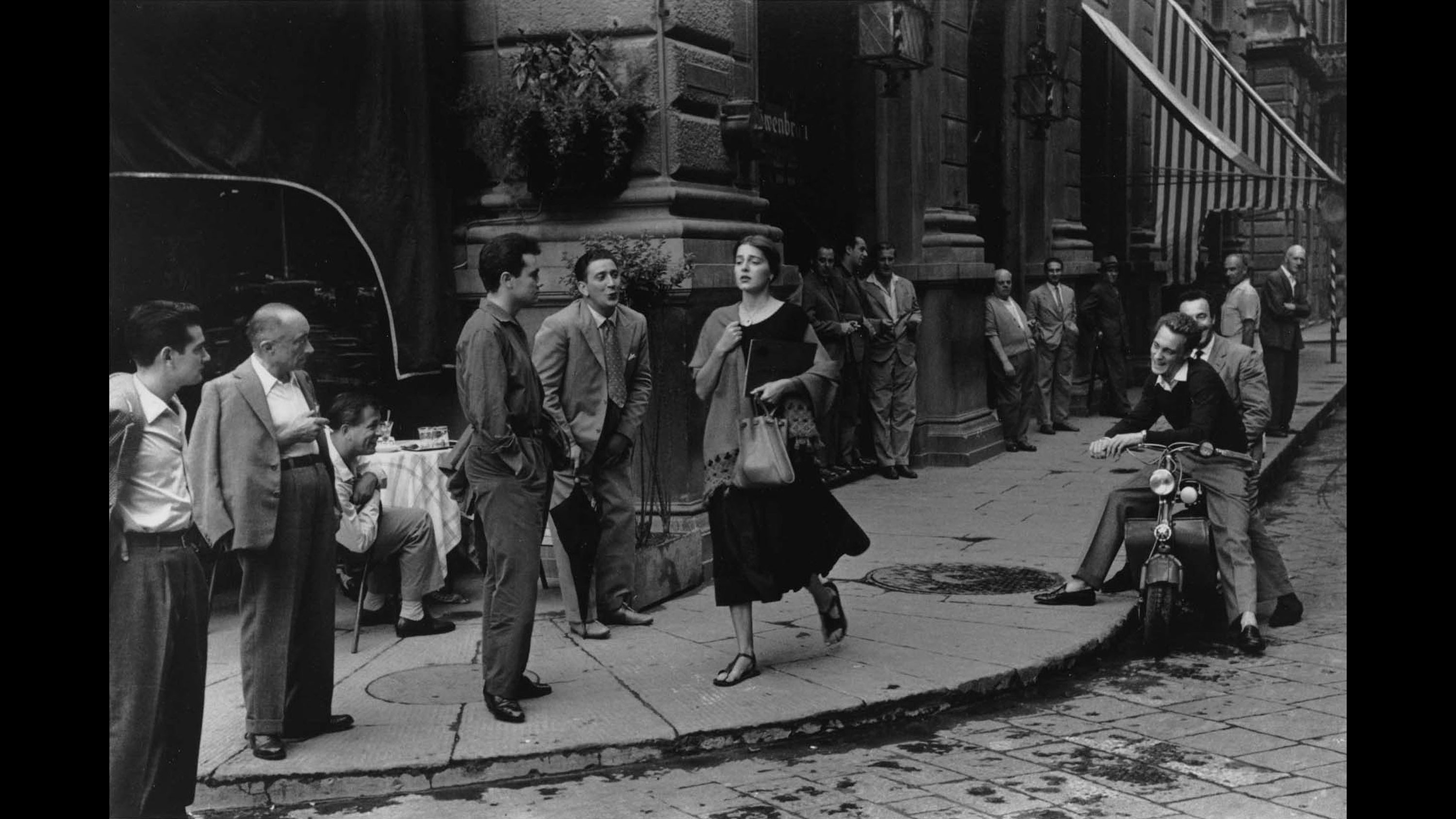
By Steve Sailer
10/14/2011
Anthropologist Kate Fox writes for the BBC:
There is enormous cross-cultural variation in the way people behave when they drink alcohol. There are some societies (such as the UK, the US, Australia and parts of Scandinavia) that anthropologists call "ambivalent" drinking-cultures, where drinking is associated with disinhibition, aggression, promiscuity, violence and anti-social behaviour.
There are other societies (such as Latin and Mediterranean cultures in particular, but in fact the vast majority of cultures), where drinking is not associated with these undesirable behaviours — cultures where alcohol is just a morally neutral, normal, integral part of ordinary, everyday life — about on a par with, say, coffee or tea. These are known as "integrated" drinking cultures.
I like to have a good map of stereotypes in my head, so here’s the missing piece of the puzzle for me when it comes to drinking cultures: if the Italians sip wine with every meal and the Scandinavians occasionally binge drink on hard liquor, where do the Germans fit in?
My theory is that alcohol helps people have two different personalities, sober and convivial, which can be convenient.
This variation cannot be attributed to different levels of consumption — most integrated drinking cultures have significantly higher per-capita alcohol consumption than the ambivalent drinking cultures.
Instead the variation is clearly related to different cultural beliefs about alcohol, different expectations about the effects of alcohol, and different social rules about drunken comportment.
This basic fact has been proved time and again, not just in qualitative cross-cultural research, but also in carefully controlled scientific experiments — double-blind, placebos and all. To put it very simply, the experiments show that when people think they are drinking alcohol, they behave according to their cultural beliefs about the behavioural effects of alcohol.
The British and other ambivalent drinking cultures believe that alcohol is a disinhibitor, and specifically that it makes people amorous or aggressive, so when in these experiments we are given what we think are alcoholic drinks — but are in fact non-alcoholic "placebos" — we shed our inhibitions.
We become more outspoken, more physically demonstrative, more flirtatious, and, given enough provocation, some (young males in particular) become aggressive. Quite specifically, those who most strongly believe that alcohol causes aggression are the most likely to become aggressive when they think that they have consumed alcohol.
My impression of Italy from the week I spent there in 1980 was that Italian men didn’t need disinhibiting to get over their shyness so they could start hitting on women. That’s just what they did, at least in the touristy cities. It was like a country full of Silvio Berlusconis. Below is Ruth Orkin’s 1951 photo American Girl in Italy, and that’s what Florence was like in 1980, too.

By the way, the American Girl in the photo is 83 today and said in August:
“Some people want to use it as a symbol of harassment of women, but that’s what we’ve been fighting all these years,” Craig said in a telephone interview from her home in Toronto. “It’s not a symbol of harassment. It’s a symbol of a woman having an absolutely wonderful time!”
This is a content archive of VDARE.com, which Letitia James forced off of the Internet using lawfare.